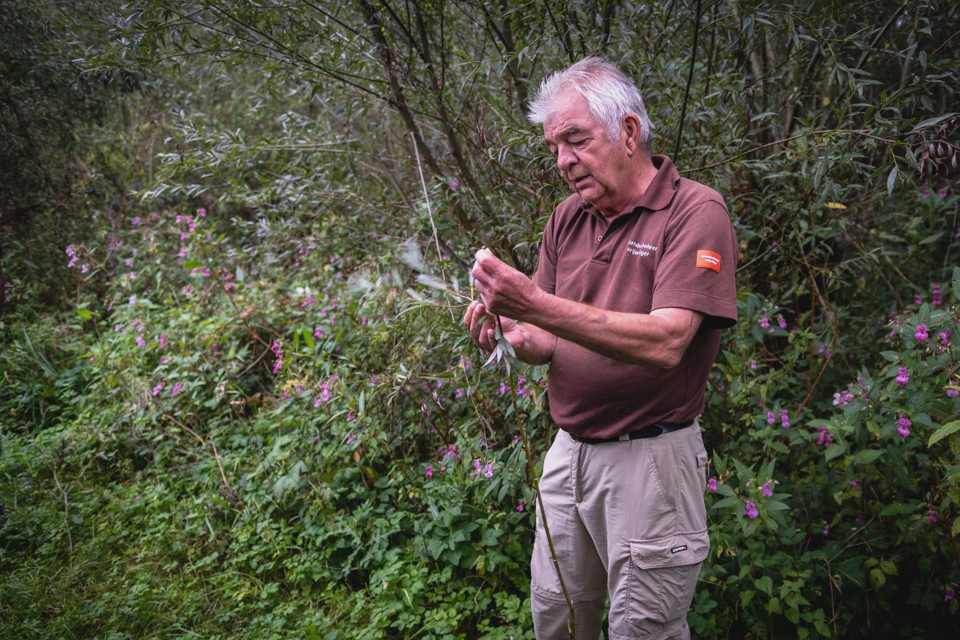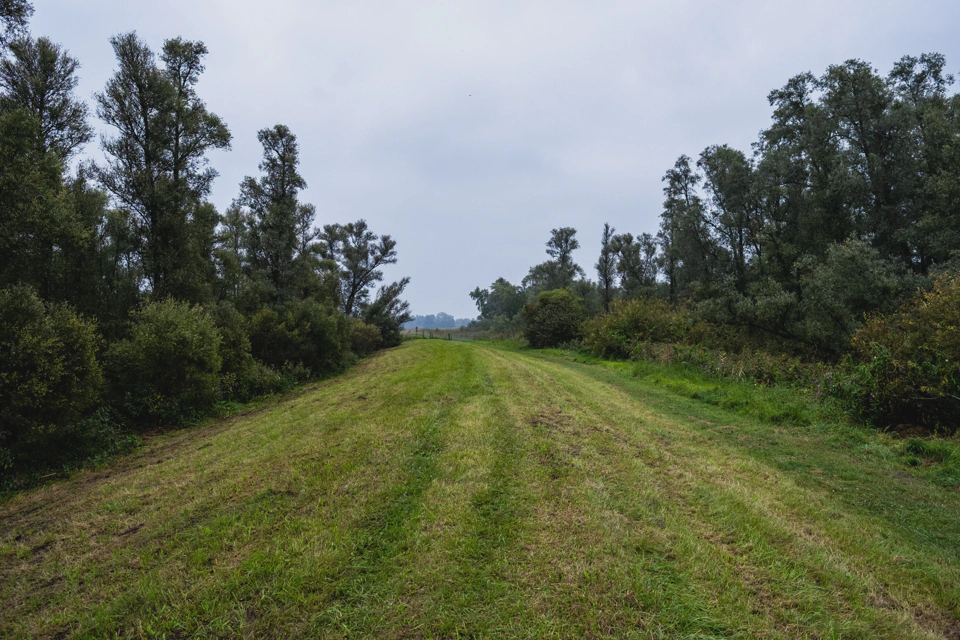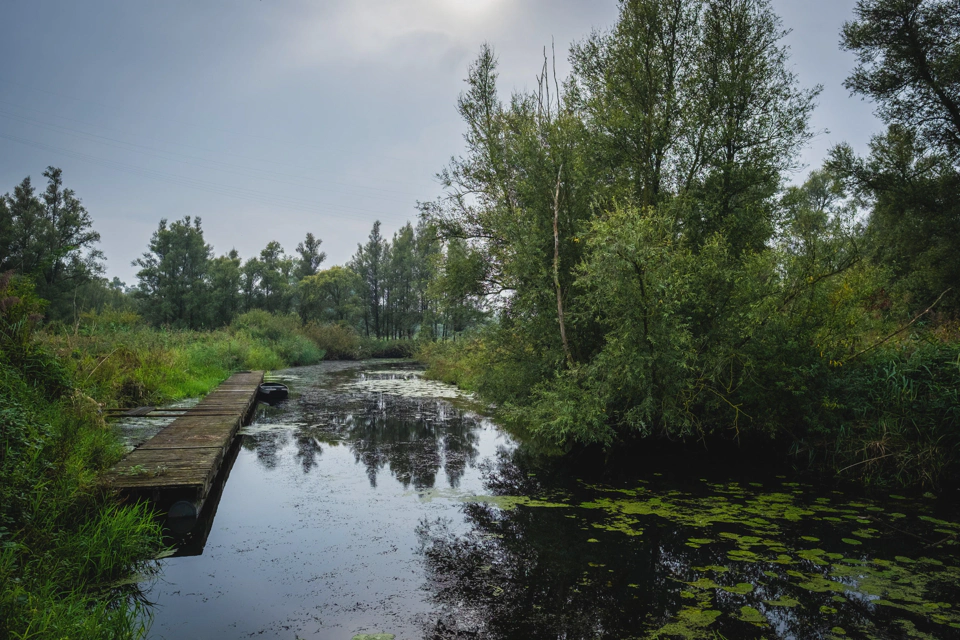We recently went to the Netherlands for a few days. This was the first day trip we made when we went to a western town called Dordrecht which means “thoroughfare”.
While researching it, I learned that most Dutch towns have nicknames used during Carnival. Dordrecht’s nickname, “sheep heads”, comes from a legend where two citizens tried to avoid paying taxes for a recently bought sheep by dressing it as a scarecrow. The plan failed when the sheep started bleating.
Dordrecht is also where the Dutch secretly met back in 1572 to start planning how to become independent from their Spanish rulers.
We arrived by eleven and, after some strolling through a still sleepy town, we had croquettes with bread at a pub called De Beeren (the bears). By the time we left, the city was fully awake with tourists constantly coming in and out of stores, like bees moving from flower to flower.
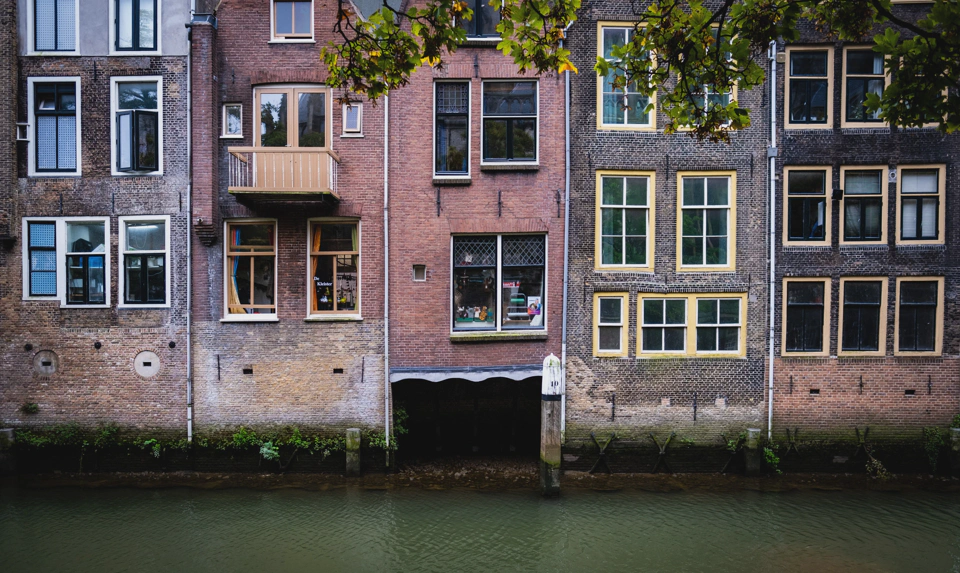
We explored the city center for a couple of hours and saw churches, canals, plenty of stalls selling second-hand goods, and buildings that were hundreds of years old, one of them dating from the 1300s. The fact that some of the buildings were leaning precariously wasn’t that surprising. Worth noting is that the street nameplates had a short bio, just a handful of words, underneath the name.
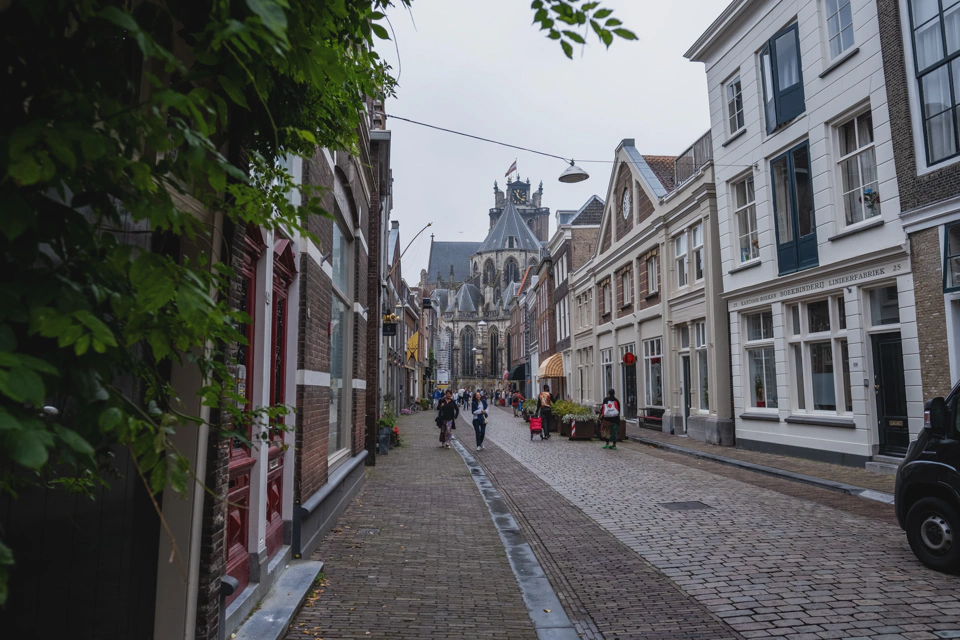
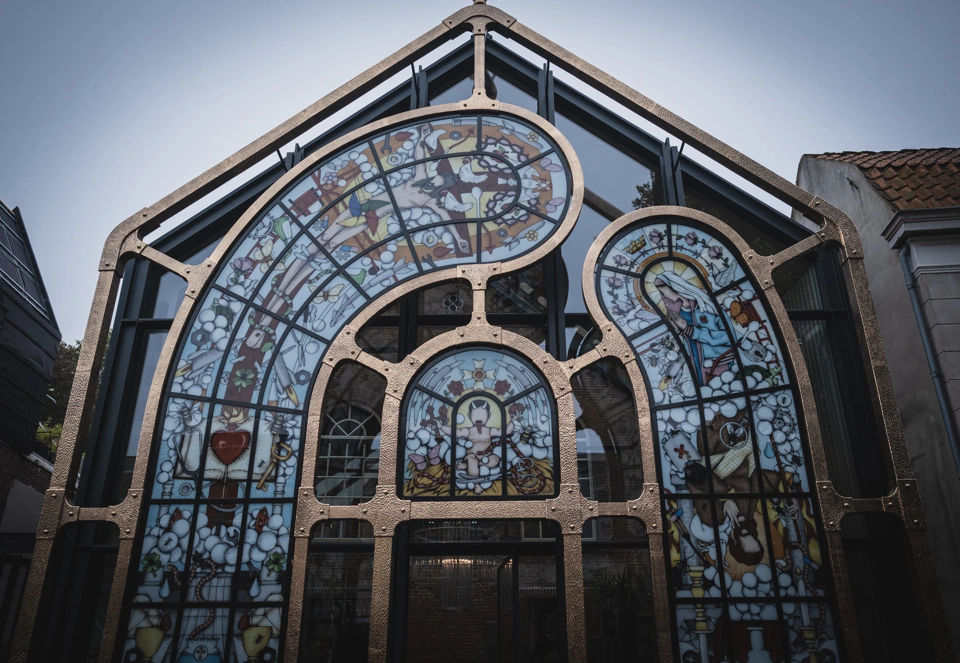
At one point we passed a small street stall where a girl and her mom were selling second-hand books. The mom was busy and the girl was standing aside near the wall, relaxed, looking like she was at the stall but also beyond the stall, observing the street. Our eyes met for a moment and we smiled at each other before I continued walking down the street and she continued her apparent task of simply being alive there.
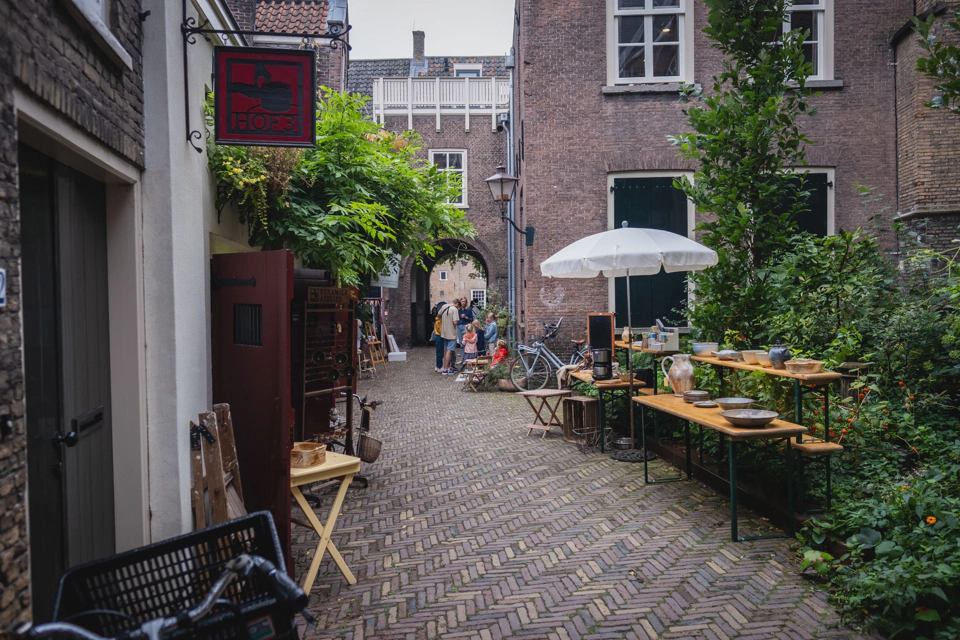
A while later, while we were stopped in front of an open gate to a large enclosed area, I noticed an old man dressed in a pale blue suit. He was probably in his 70s or 80s and his face had a kind look. After a moment of discreetly observing us, he approached slowly and quietly waited right outside of our group. When we finished talking he politely offered to show us the regent’s room inside the enclosed area beyond the gate. Once inside the room, he explained that the complex of 38 homes, called Arend Maartenshof, was built by its namesake in the late 1600s to try to ease his conscience because of his reputation as a money-grabber.
In the first centuries after its construction, only poor women and widows were allowed to live in the complex, but these days anyone with impeccable behavior and who lovingly cares for the living environment can live in them.
After a few more stories about the regent and the complex the tour finished, we thanked the old man who then locked the room and left. I wonder what made him want to show us the room. He was already outside the complex and presumably about to go have lunch when he saw us. In any case, I’m grateful for the encounter.
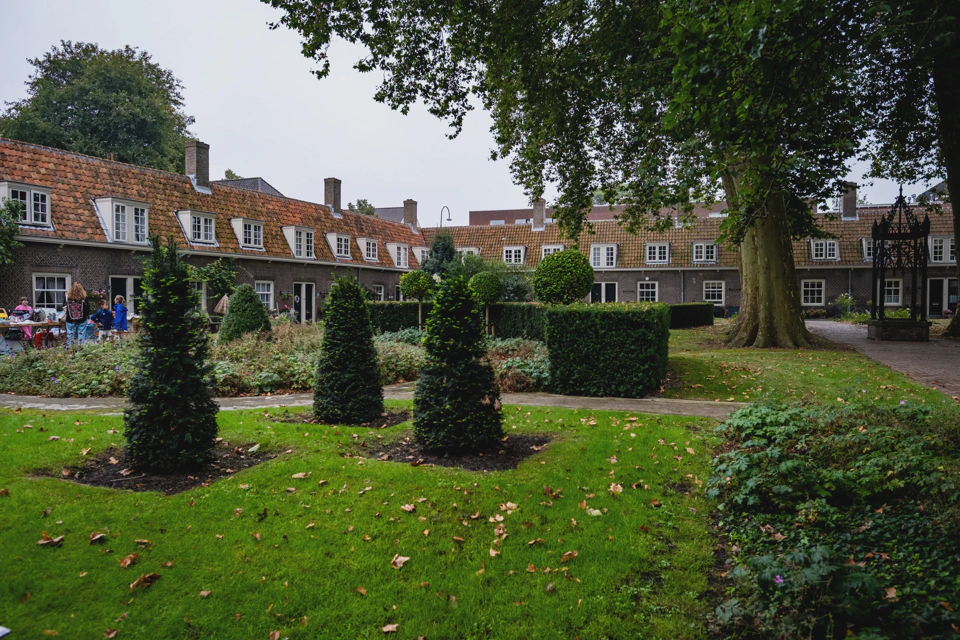
Once we were done with Dordrecht we walked back to the parking where we left the car. On the way there we passed by a street exposition of an older generation of LGBTIs by Stiching Open mind. One out of the about 30 portraits didn’t show the person’s face.
Our next step was at the neighboring Biesbosch (‘forest of sedges’) national park where we had booked a guided boat tour. When we got into the boat, we crossed the Nieuwe Merwede river and approached the 90km2 park. We were a small group of about 10 people including the boat captain and the friendly retiree volunteer guide who would share a lot of funny, interesting, engaging but utterly incomprehensible to me, stories for the next 3 hours. During that time I struggled, switching every few minutes between looking at him and nodding when I didn’t understand a thing, and being disrespectful by looking elsewhere while he talked but at least not lying.
L tried to translate to me what he was saying but it was hard to keep up with his years of wisdom and his desire to share all of it.
He talked about the dozens of varieties of a local plant species that can be used for basket weaving. He talked about how people hid at the park during World War II, and how they ambushed Germans. He shared stories about birds, beavers, sturgeons, ducks, swans, plants, and trees. He proudly showed us the three axes he inherited from his granddad, who had worked at the park his whole life. And he described the harsh living conditions and mistreatment of the first people hired to maintain the park.
As we walked back towards our car, the retiree biked in front of us fast like a demon and gave us one last big smile.
He must have told the same stories hundreds of times and must have had to deal for an excruciatingly large amount of hours with the constant mosquito attacks that we experienced for most of the time, but he still looked to me like at the park he was in his happy place.
